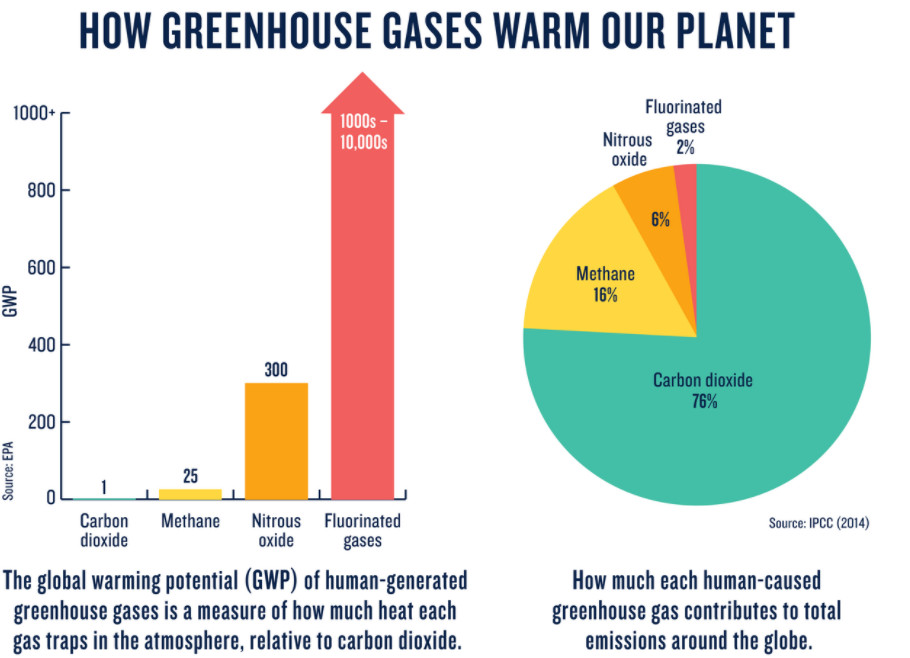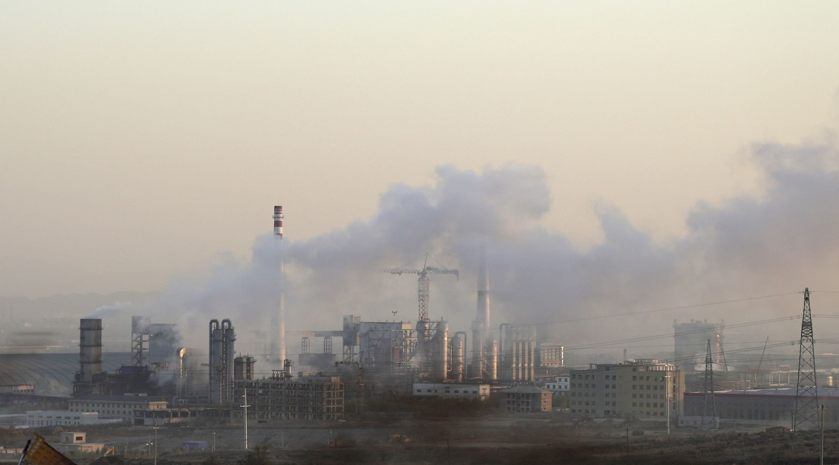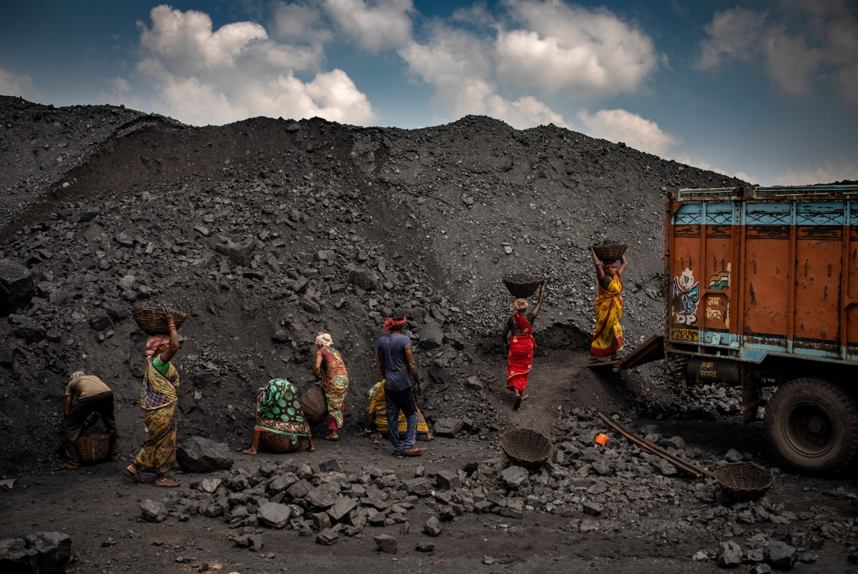The United Nations Framework Convention on Climate Change (UNFCCC) Conference of the Parties (COP26) was held in Glasgow from October 31 to November 13, 2021, with nearly 200 countries represented. The Summit’s strategic purpose was to summarize the progress made in the six years after the Paris Agreement signed in 2015. COP26 had several victories, with 190 countries committed to phase out coal and not build or invest in new coal power for the first time, but it also highlighted some disappointments, related to mistrust between developed and developing countries. There is good news in the pledge to limit coal use. But how good enough is this pledge? Tempers fused on the last day of the conference when world leaders failed to get a consensus on phasing out fossil fuel subsidies and weakening language on coal phasing out. This then leaves us wondering if the world will be able to meet its goals.
Why it is important to phase out coal?
The Paris Agreement, the world’s first legally binding climate change agreement, was signed in December 2015 with the long-term objective of keeping global average temperature increases well below 2°C over pre-industrial levels and pursuing efforts to keep temperature increases below 1.5°C (Welsby et al., 2021). The IPCC’s 1.5°C Special Report, released in 2018, reaffirmed the grave dangers of global warming exceeding 1.5°C, prompting worldwide calls for more climate action. However, fossil fuels continue to dominate the global energy system, and a significant reduction in their use is required to keep global warming below 1.5 degrees Celsius. Coal is also clearly bad for the environment, according to scientists. Coal is the most carbon-intensive energy source, accounting for approximately 40% of worldwide carbon emissions from fossil fuel consumption. Climate modelling results published International Energy Agency show that there’s no way to limit future global warming to 2 degrees Celsius, let alone to 1.5 degrees Celsius, without a reduction in current coal use. (IEA, 2021).

The Coal Phase out pledge: Successes and Failures
At least 190 countries joined the coal free accord. In a series of agreements revealed at the COP26 climate conference, several major coal using countries, including Poland, Ukraine and Vietnam, pledged to phase out the fossil fuel (Sky News 2021). The countries that have signed up will quickly ramp up their deployment of clean energy generating. For the first time, 18 countries agreed to phase out and not develop or invest in new coal power plants. The pledge was described by the Business and Energy Secretary Kwasi Kwarteng as “a milestone moment in global efforts to tackle climate change”(Sky News 2021). He went on saying that the end of coal is near, and that the world is heading in the right direction towards embracing the environmental and economic benefits of constructing a future driven renewable energy.

By pledging to phase out coal, the world was heading towards the right direction. This is because coal is a largest contributor to greenhouse gas emission. The move could be crucial to cut carbon and get the world on track to limit global warming to 1.5°C. Also, this was the first time that fossil fuels were mentioned in the United Nations Climate Conference since the Kyoto Protocol in 1997. However, after India’s intervention at COP26, a call to phase out coal was diluted to phase down. Hence, the language in the final version of the document named the Glasgow Climate Pact was changed to “phase down of unabated coal power” instead of phase out, a great sit back for many. The India Environment and Climate Minister Bhupender Yadav argued that “How can anyone expect that developing countries can make promises about phasing out coal and fossil fuel subsidies when developing countries have still to deal with their development agendas and poverty eradication?” (The Wire 2021). India saw the move as a reflection of national circumstances of emerging economies and pointed out that the pact has singled out coal but never said anything about oil and natural gas.

What happens next?
The Glasgow Climate Pact does not establish a specific timeline for the phase-out of coal. The usage of coal and fossil fuel subsidies can continue due to a lack of clarity on the deadline. India, which is ranked 3 in carbon emissions (World Population Review 2021), will continue to use coal in the absence of inexpensive clean alternatives, defaulting on technical assistance agreements and mitigation commitments. Moreover, governments should submit time-bound, transparent strategies for ending fossil fuel subsidies in the absence of a time commitment at COP26. They should full fill their commitments to halt unrestricted public funding for fossil fuels in a timely and effective manner. Major coal-producing countries must take immediate and serious actions to phase out all coal-fired power facilities. Thermal coal mine development and expansion should be stopped.
Rather than attempting to phase out coal on the same timeframe as the West, developing countries require options for clean and economical alternative energy. Failure to provide affordable alternative energy is a major worry for countries like India, which relies on coal for 70% of its electrical generation. The United States, Australia, and China, which consume far more coal per person than India, will have an easier time transitioning to alternate fuels because they did not sign the separate coal phase-out promise. To achieve a just transition for the poor and vulnerable whose livelihoods are directly or indirectly dependent on coal, major funding, patience, and a gradual approach would be required.
The conclusions of COP26, according to Patricia Espinosa, Chief Secretary of the UNFCCC, were a “great step forward” towards reducing reliance on coal. By signing the Global Coal to Clean Power Transition Statement, 190 countries pledged to transition away from unrestricted coal power generation, pledging to rapidly scale up clean power generation and energy efficiency measures while ceasing to issue permits and provide government support for new unrestricted coal-fired power generation projects.
Sources
https://www.iea.org/reports/world-energy-outlook-2021/scenario-trajectories-and-temperature-outcomes
https://worldpopulationreview.com/country-rankings/carbon-footprint-by-country
Welsby, D., Price, J., Pye, S., & Ekins, P. (2021). Unextractable fossil fuels in a 1.5 °C world. Nature, 597(7875), 230–234. doi:10.1038/s41586-021-03821-8
